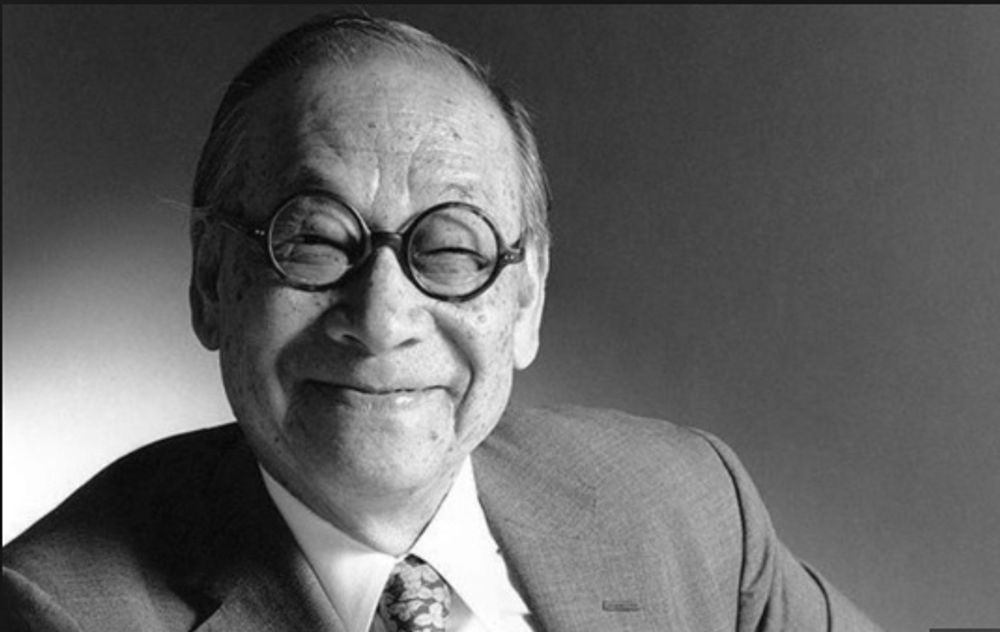Blog
Emil Guillermo: I.M. Pei - The death of an icon who built icons

It was appropriate that I.M Pei, the legendary architect, died during Asian American Pacific Islander Heritage Month.
The month, which started as an homage to the first Japanese immigrants (May 7, 1843), as well as the completion of the transcontinental railroad (May 10, 1869) by Chinese immigrant labor, needed yet another iconic moment.
This week it happened. The death of an icon who built icons.
Ieoh Ming Pei, born in Guangzhou in 1917 and raised in Hong Kong and Shanghai, took a boat to San Francisco at age 18 and then went east by train to study architecture, first at Penn, then MIT, and ultimately the Harvard Graduate School of Design.
I had mentioned Pei briefly as one of a short list of Asian Americans to win a Presidential Medal of Freedom in a previous blog post. It was a coincidental reminder to me how the 102-year old who died this week was an Asian American who created such gigantic symbols of beauty.
The man left his mark on the world in such an outsized way. Glass, stone, steel, and concrete, were his media, and I can recall, growing up in the 60’s and 70’s, how I.M. Pei’s style seemed to dominate the time. You could tell when you were in the presence of one of his projects. His buildings went beyond function and utility to become landmarks, reflecting an Asian American’s vision of the modern world in such a bold and elegant way.
People will talk about the glass pyramid at the Louvre, or the Rock and Roll Hall of Fame in Cleveland forever. Or maybe the JFK Library in Boston and its white triangular tower rising next to a black glass building. You’ll have your favorites. Some of them more or less spectacular than the other, but still undeniably Pei-ish.
If you’re lucky, you’ll have a string of them among your life’s landmarks. I remember covering my first big city press conference as a TV reporter at Dallas City Hall—an I.M. Pei building. While in Boston, I would get off the green line at Government Center, whose master plan was an I.M Pei design. While in Honolulu working for the large newspaper there, I lived in Manoa. The Kennedy Theater, as well as the University of Hawaii dorms and the East West Center, were Pei’s designs. I greeted my daughter her freshman year at University Village at NYU, another Pei design. If you fly to Chicago or connect through O’Hare, Pei did the FAA’s air traffic control towers there, as well as in other airports.
A list of Pei’s work includes the Bank of China building in Beijing, the Chinese Embassy in Washington, The Museum of Islamic Art in Doha, the Miho Museum in Shiga, the Miami Tower in Florida, and the Zeughaus Wing at the German History Museum in Berlin.
All of them were buildings that exemplified power, bureaucracy, beauty.
I wonder what kind of baseball stadium or basketball arena he might have built? Or what kind of prison he might have designed. Or public housing. Where else could he have added his touch to make something ordinary extraordinary?
There are too many of his projects to mention here. But you knew when you stood in I.M. Pei’s shadow.
They were from icons designed and built by an icon.

Emil Guillermo is an independent journalist/commentator. Updates at www.amok.com. Follow Emil on Twitter, and like his Facebook page.
The views expressed in his blog do not necessarily represent AALDEF’s views or policies.
Read Emil's full bio →